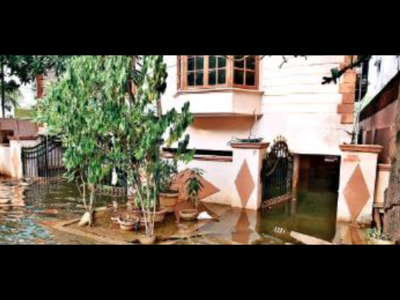The New Indian Express 15.12.2010
Corporation plans to censor steamy hoardings
GHMC officials told Express the main aim was to have advertisements or hoardings which keep in view public and road safety and discourage visual clutter. To encourage advertisements on public service amenities, so as to improve their revenue viability, advertisements will be permitted after ambience of an area and its architectural character are checked. It would also require the policy to consider the size, design and type of sign. Non-static illumination, changing LEDs, flashing lights in hoardings would not be permitted unless prior NOC have been received from the traffic police department. Officials also said no advertisement would be permitted in front of or inside the compound or on walls of any building of archaeological, architectural, aesthetical, historical or heritage importance.
Places of worship or of religious significance, statues, minarets or pillars of heritage importance, painted advertisements on tree barks, hospitals and nursing homes, educational institutions, cremation grounds, grave yards, police stations, post offices or any government building, office, parks, water bodies, rocks, flyovers and bridges would be prohibited from display hoardings.
On national and state highways, hoardings would not be permitted at or within 100 m of any road junction, bridge or railway crossing. In urban areas, this distance would be reduced to 50 m, provided there is no conflict with requirements.
Other proposed guidelines include no advertisements near or beneath electrical transmission wires. The hoardings should not contain flashing red, blue or amber light sources, which when viewed could give the appearance of an emergency service or other warning lights. Moving, rotating or variable message advertising devices would not be allowed as they distract motorists.


